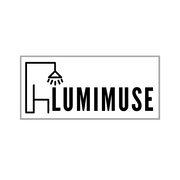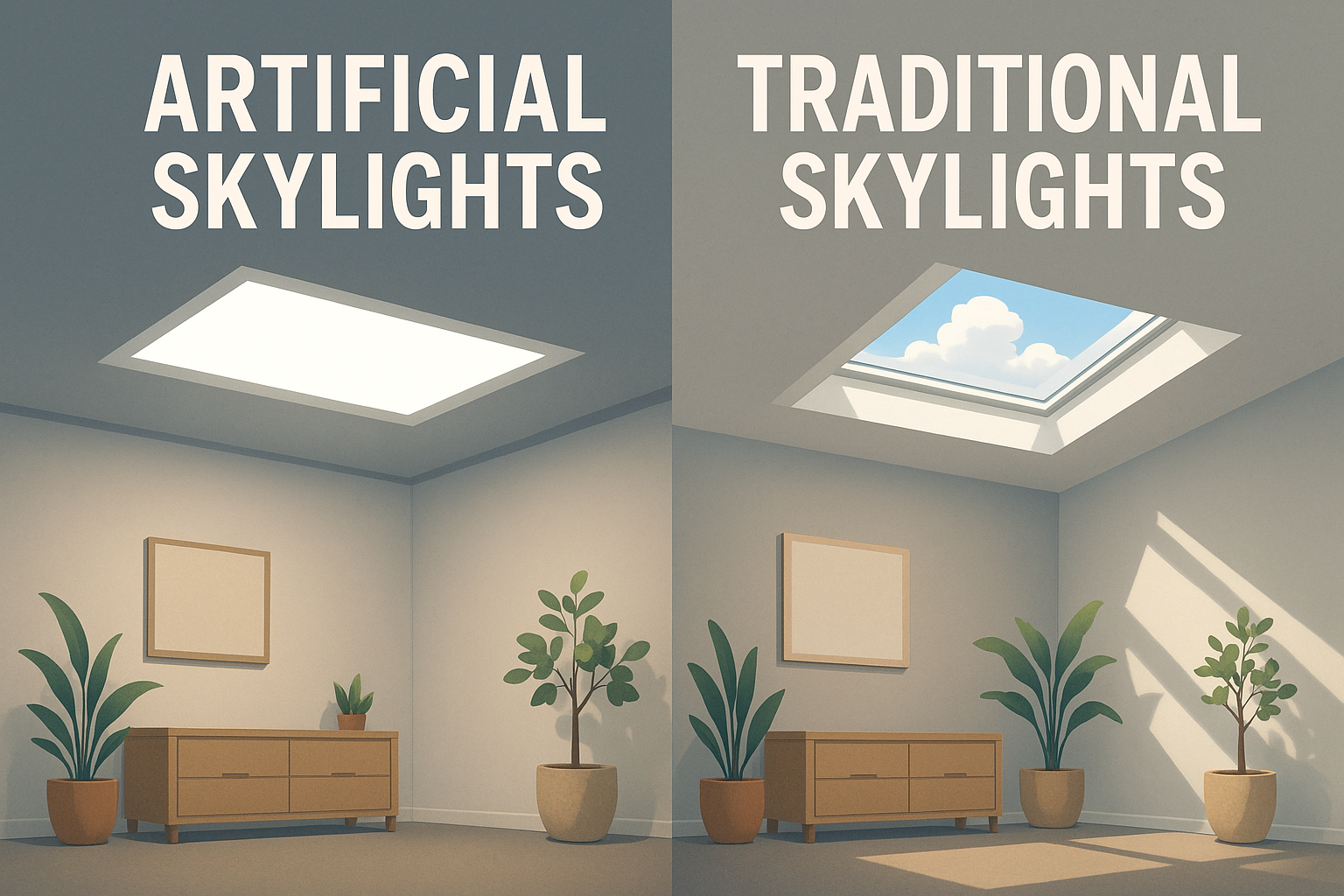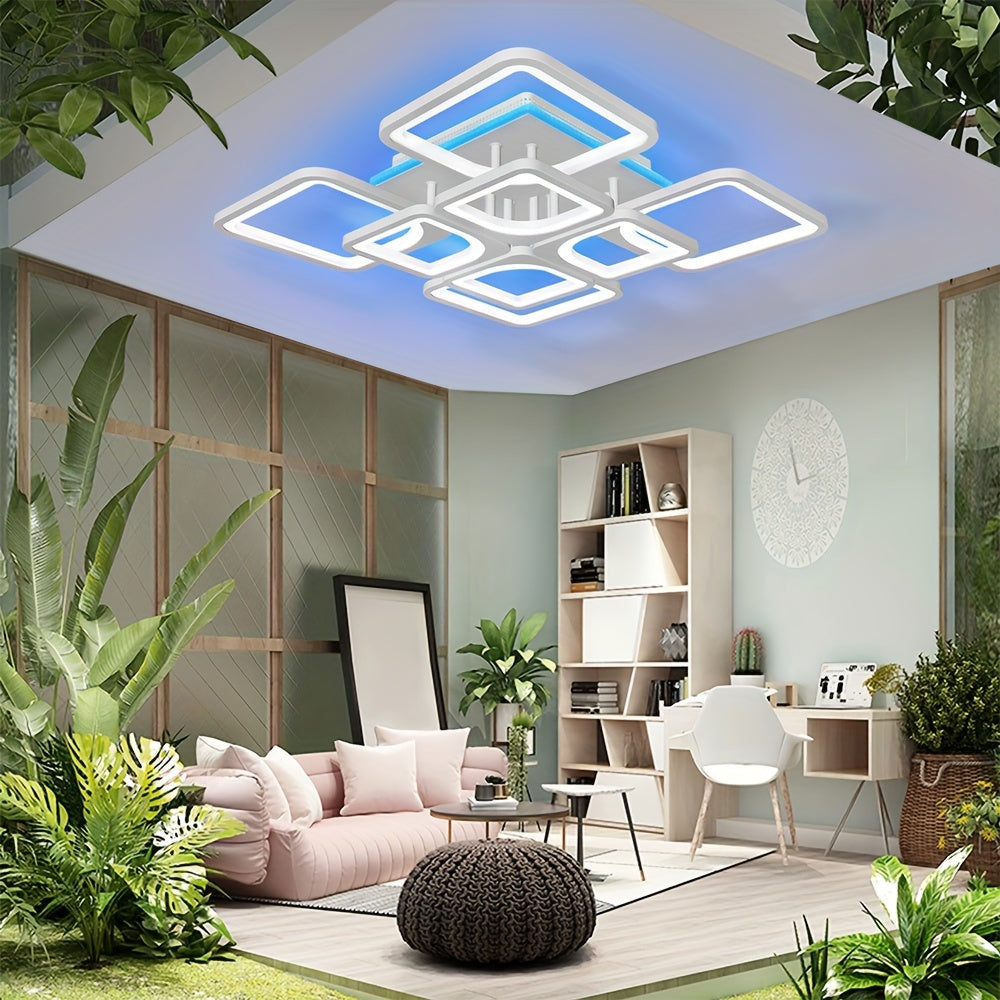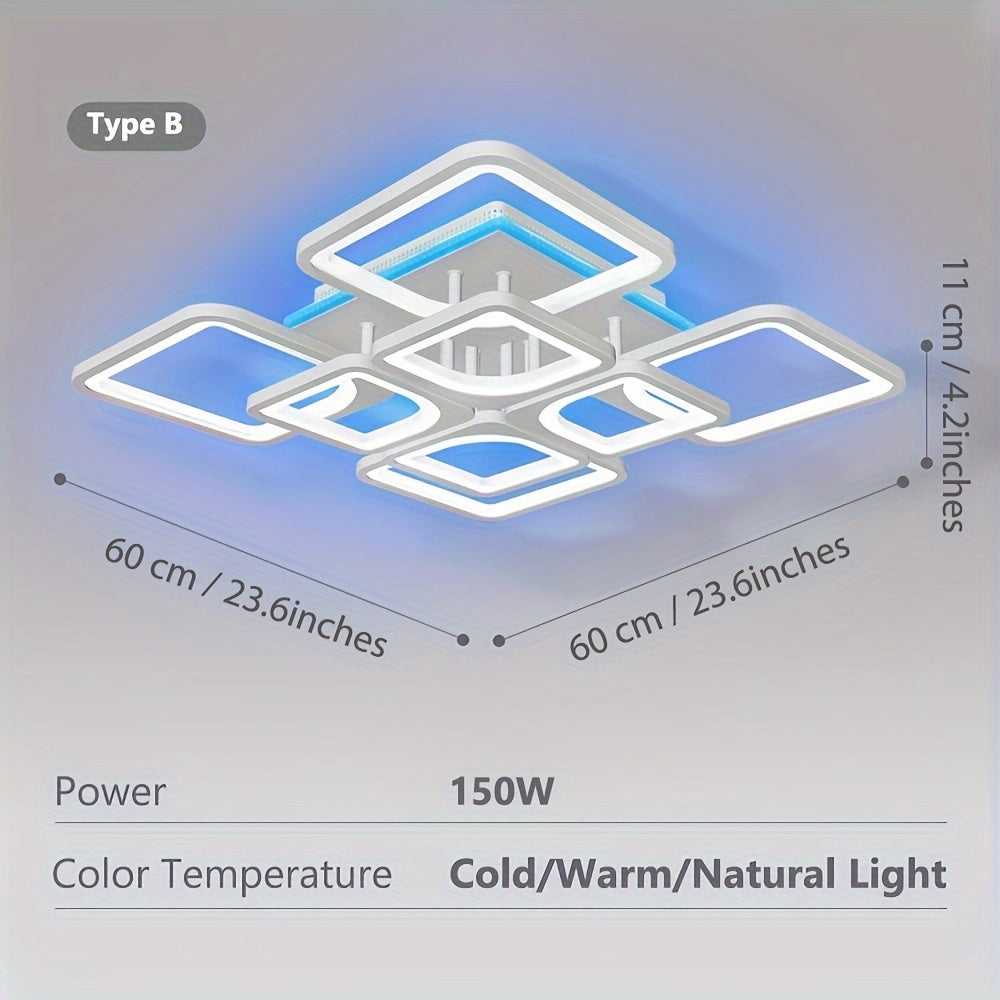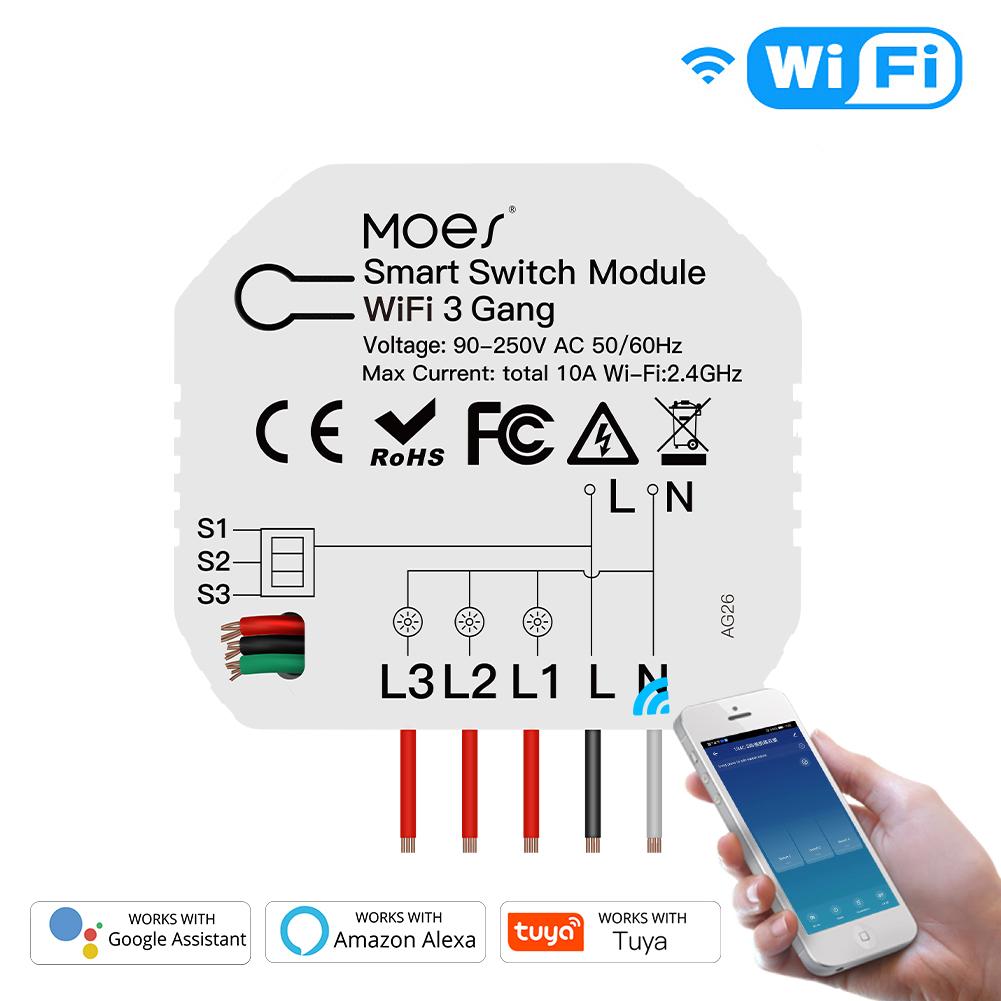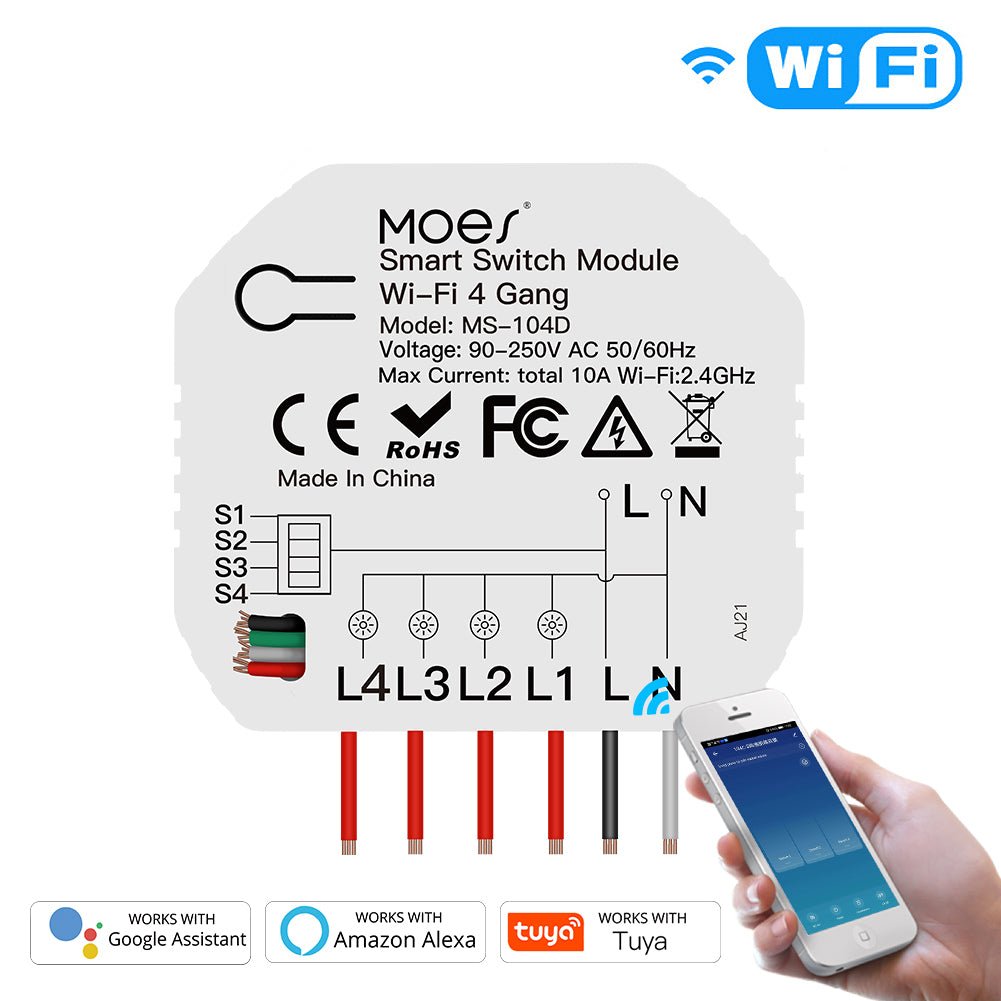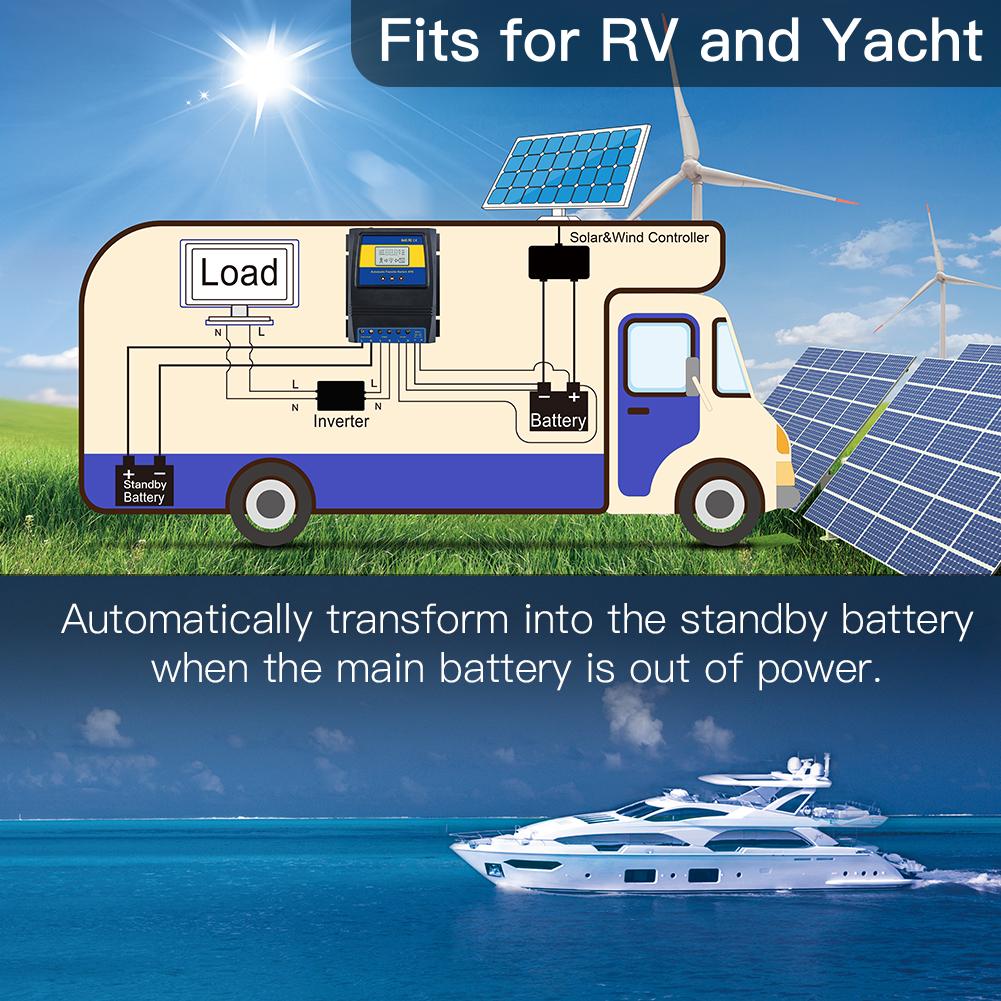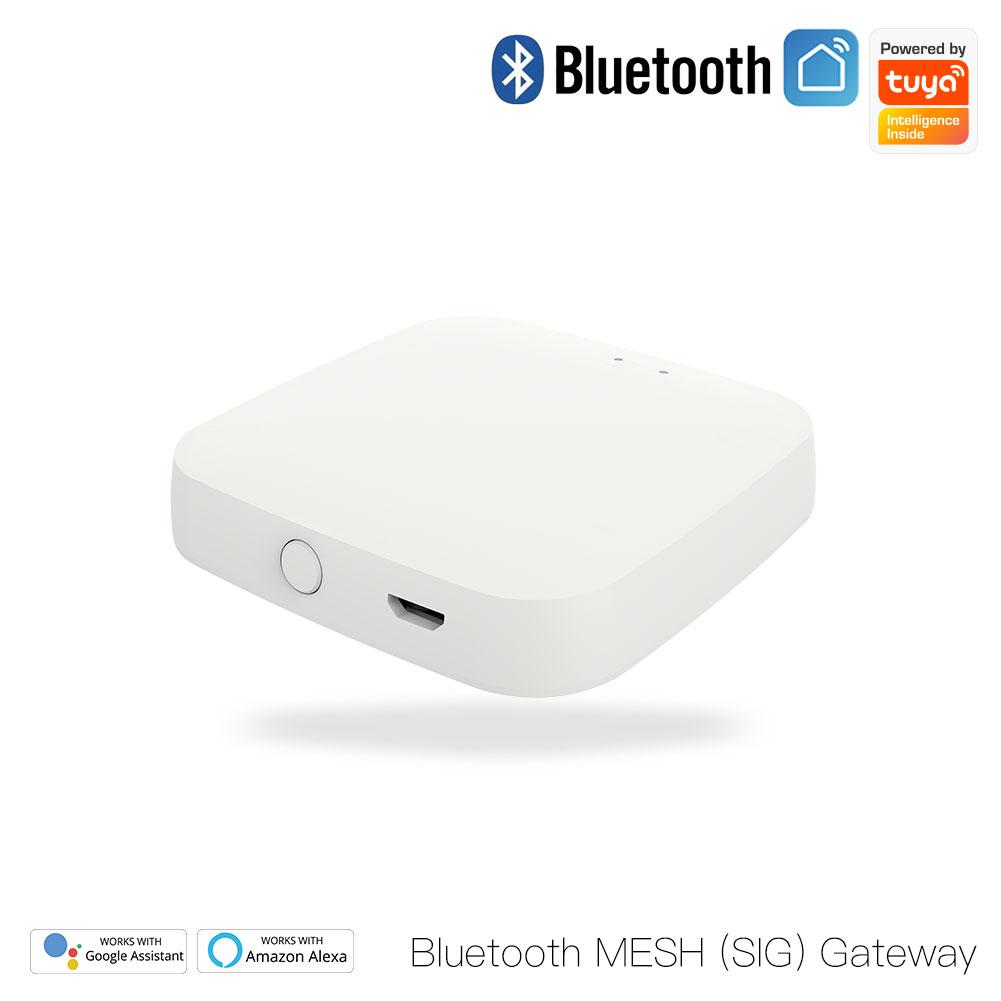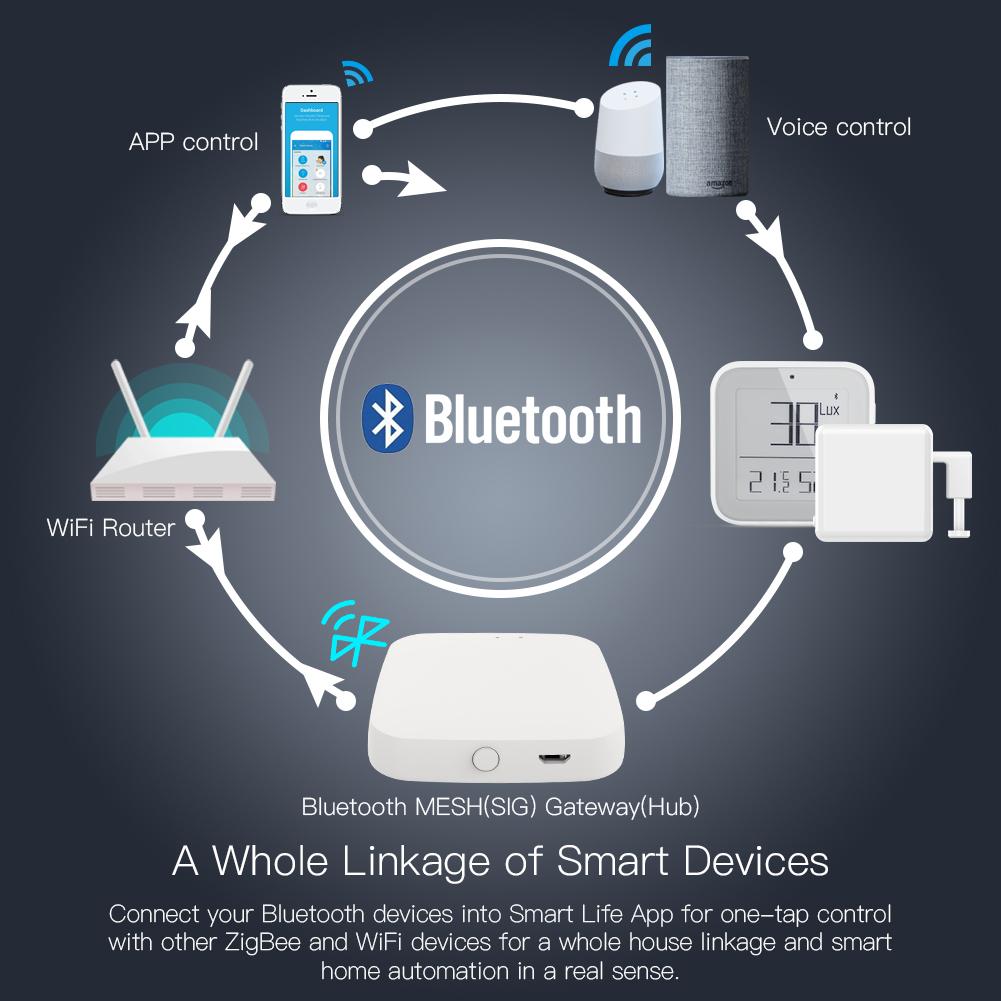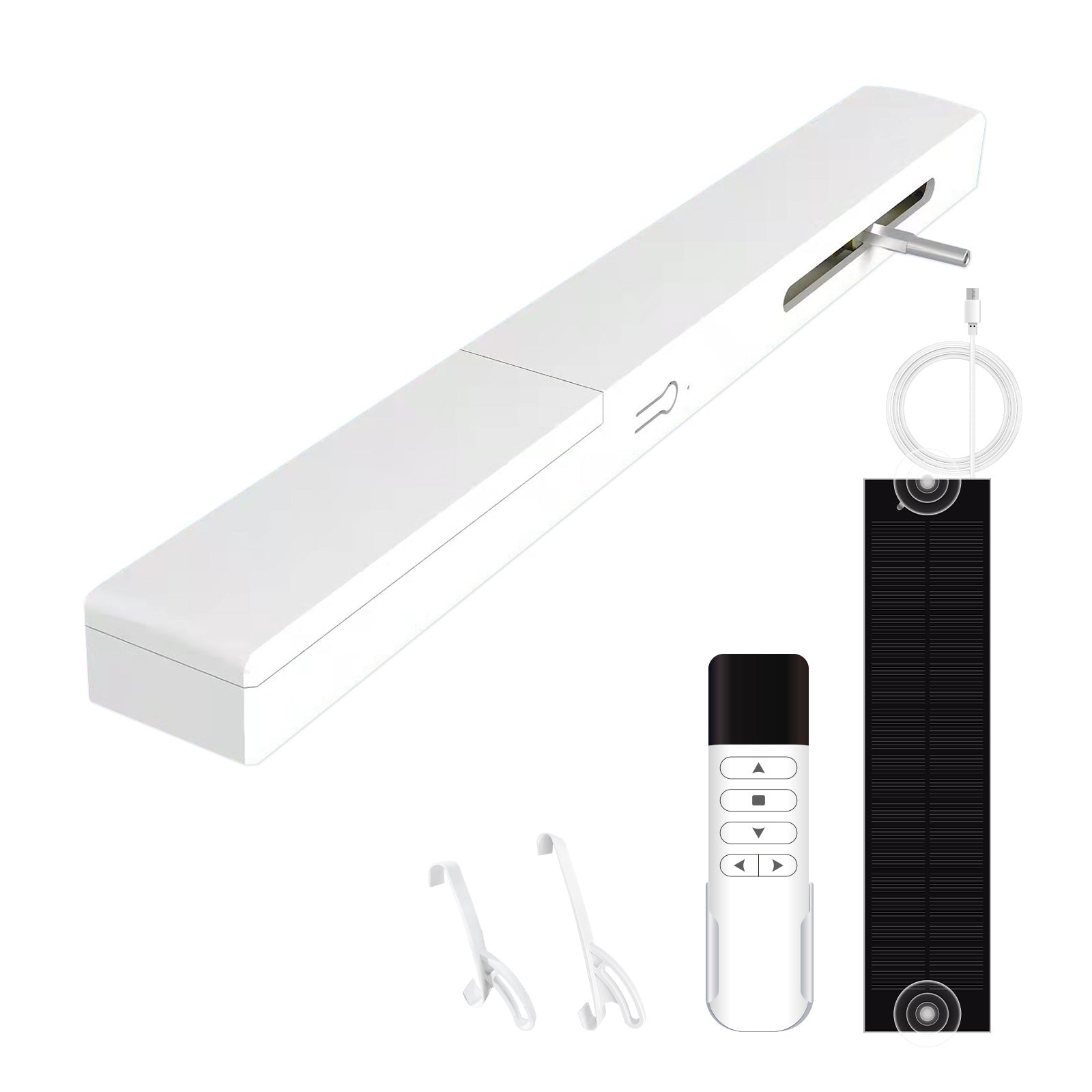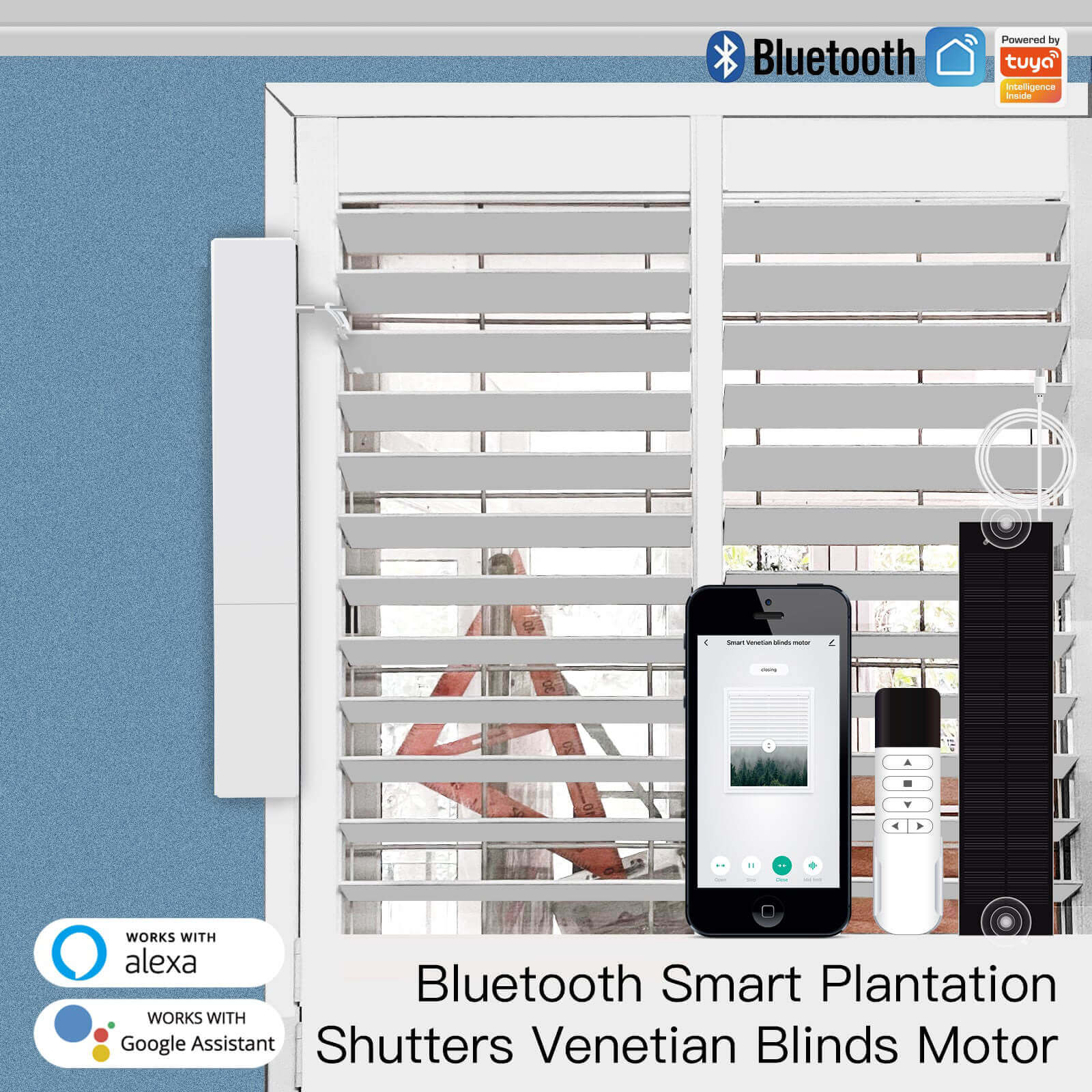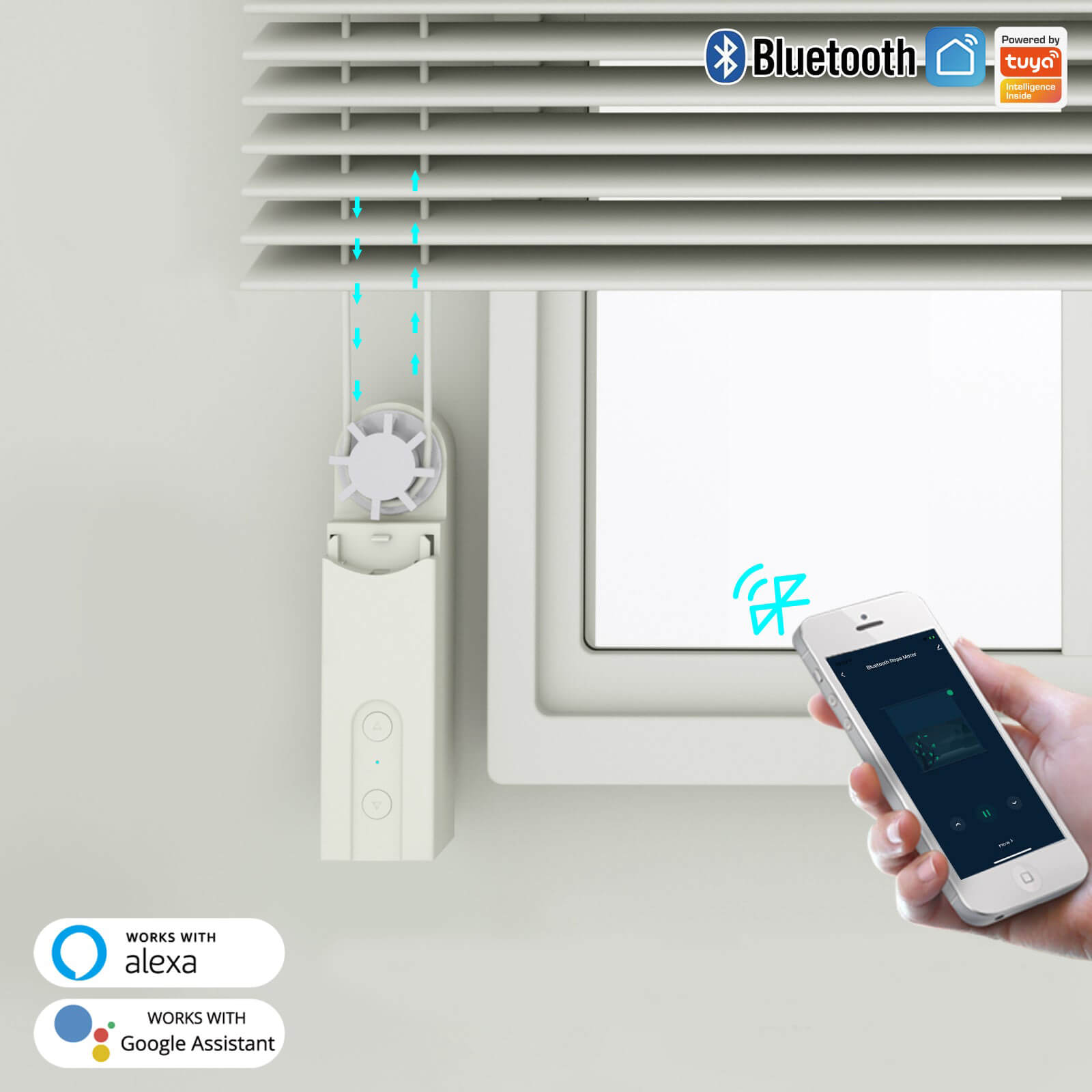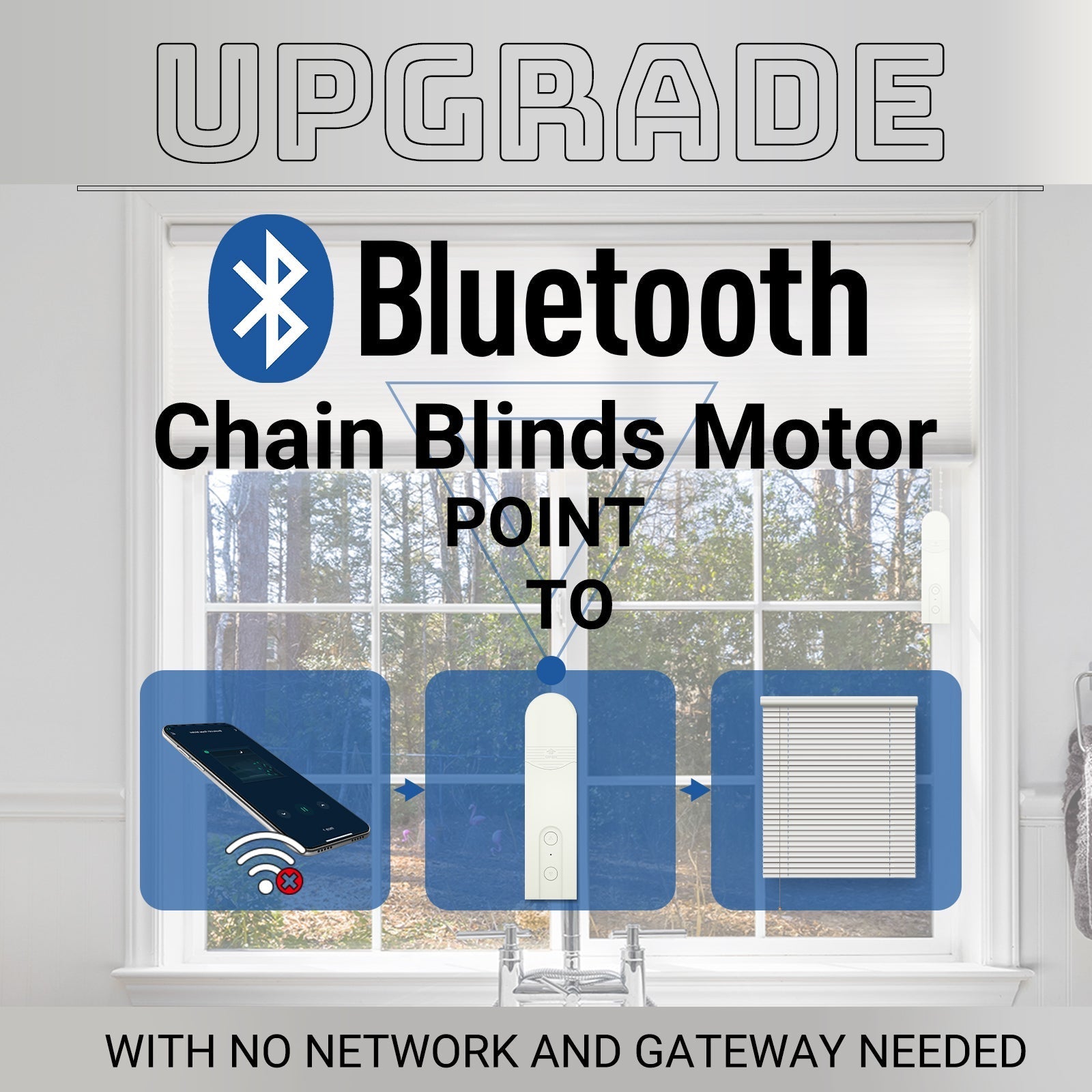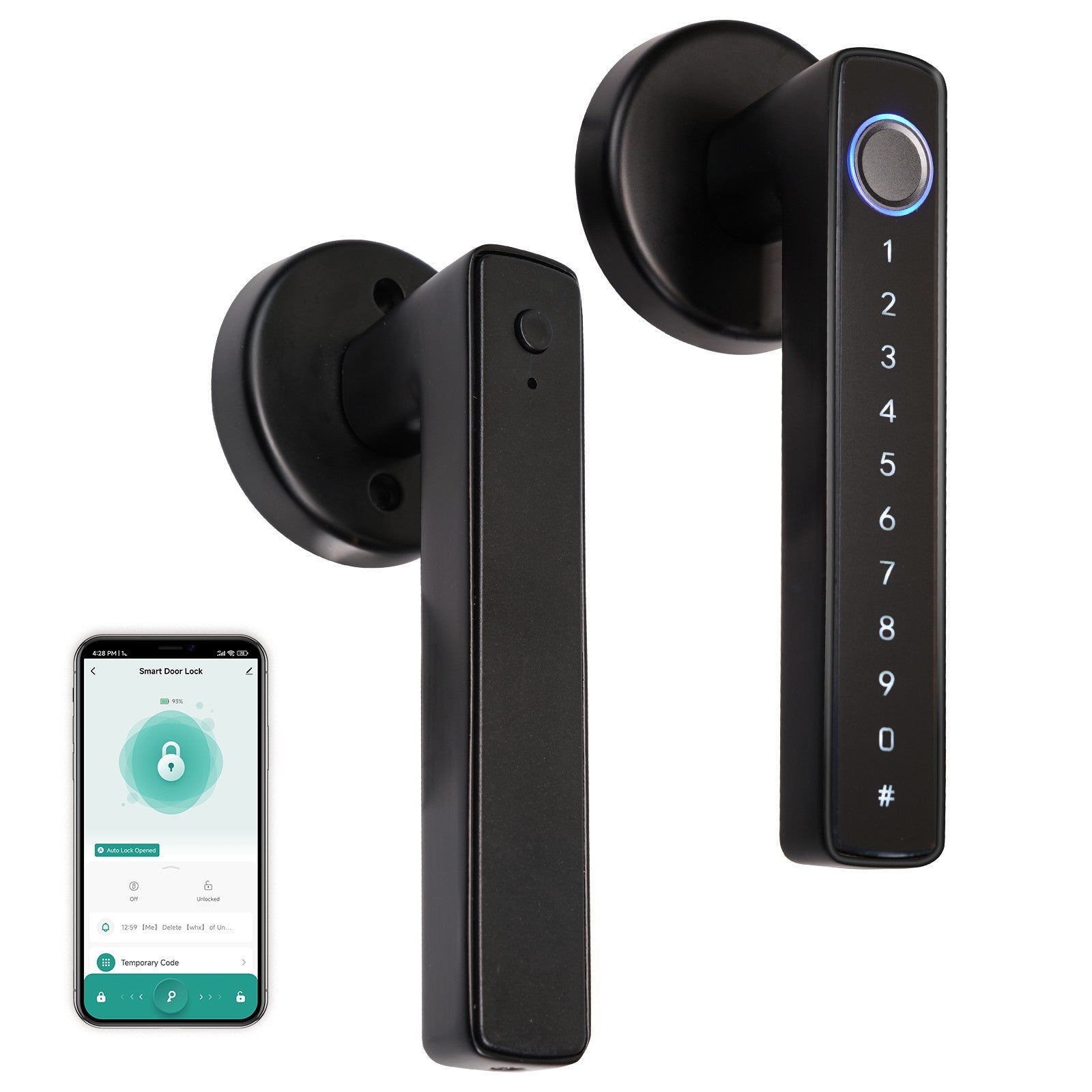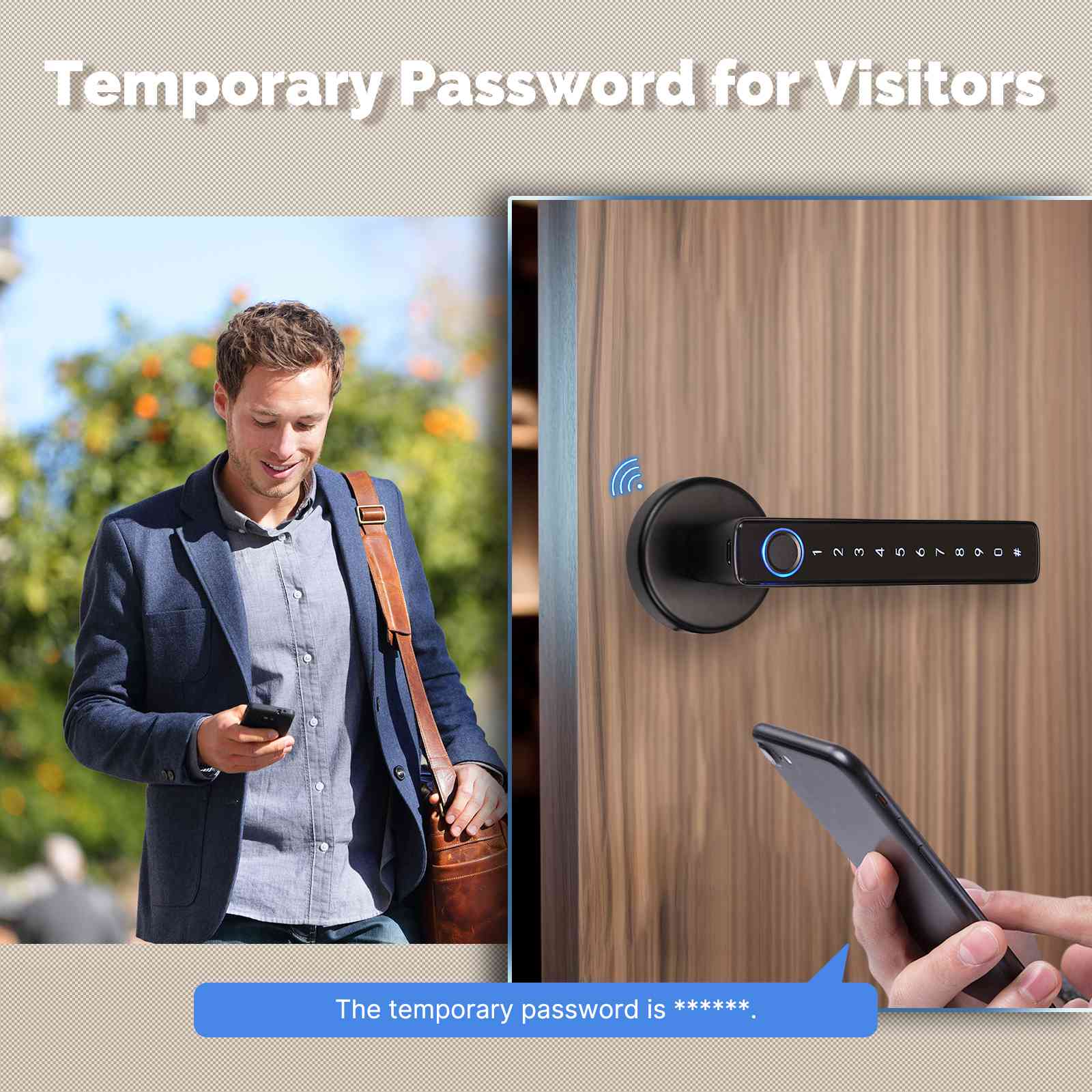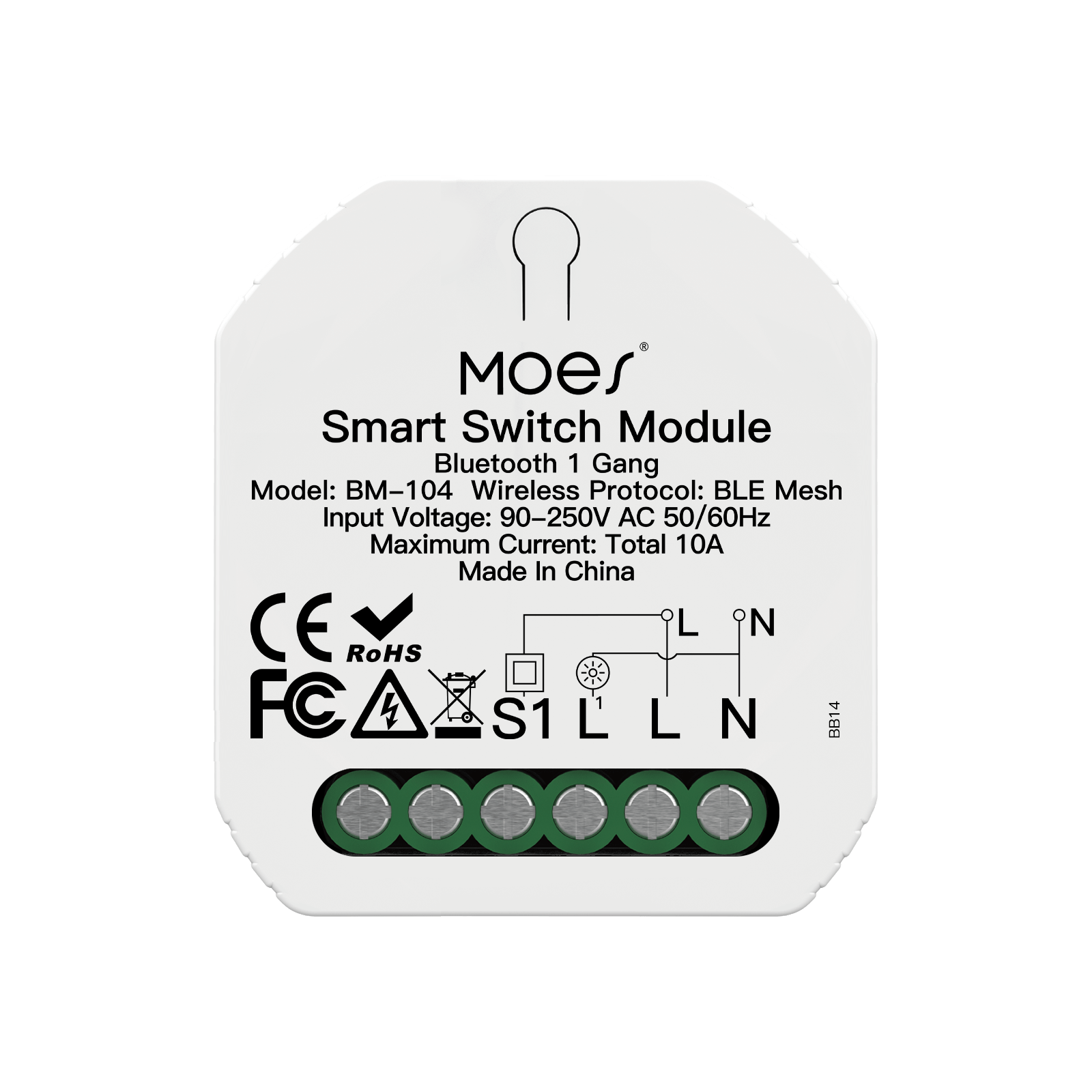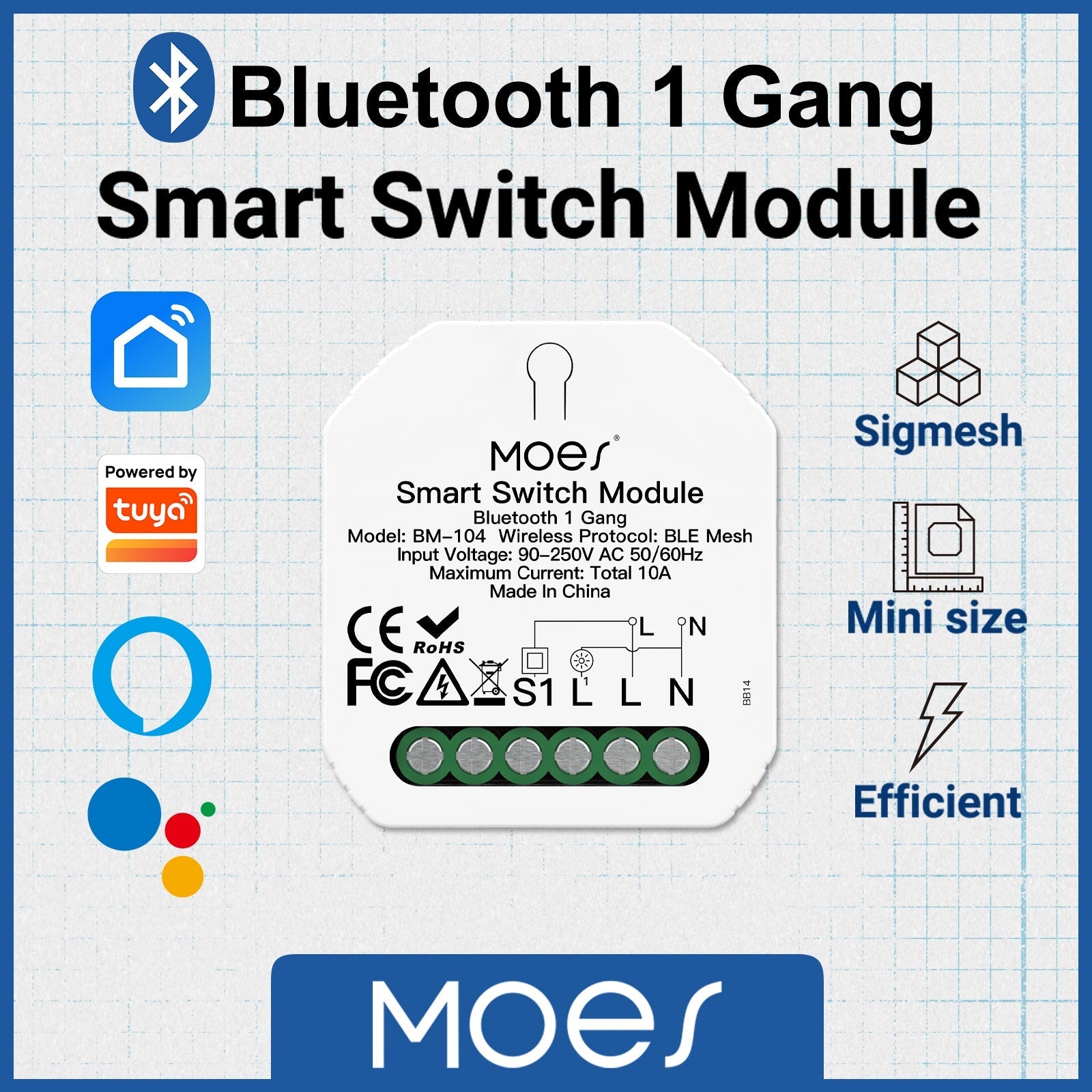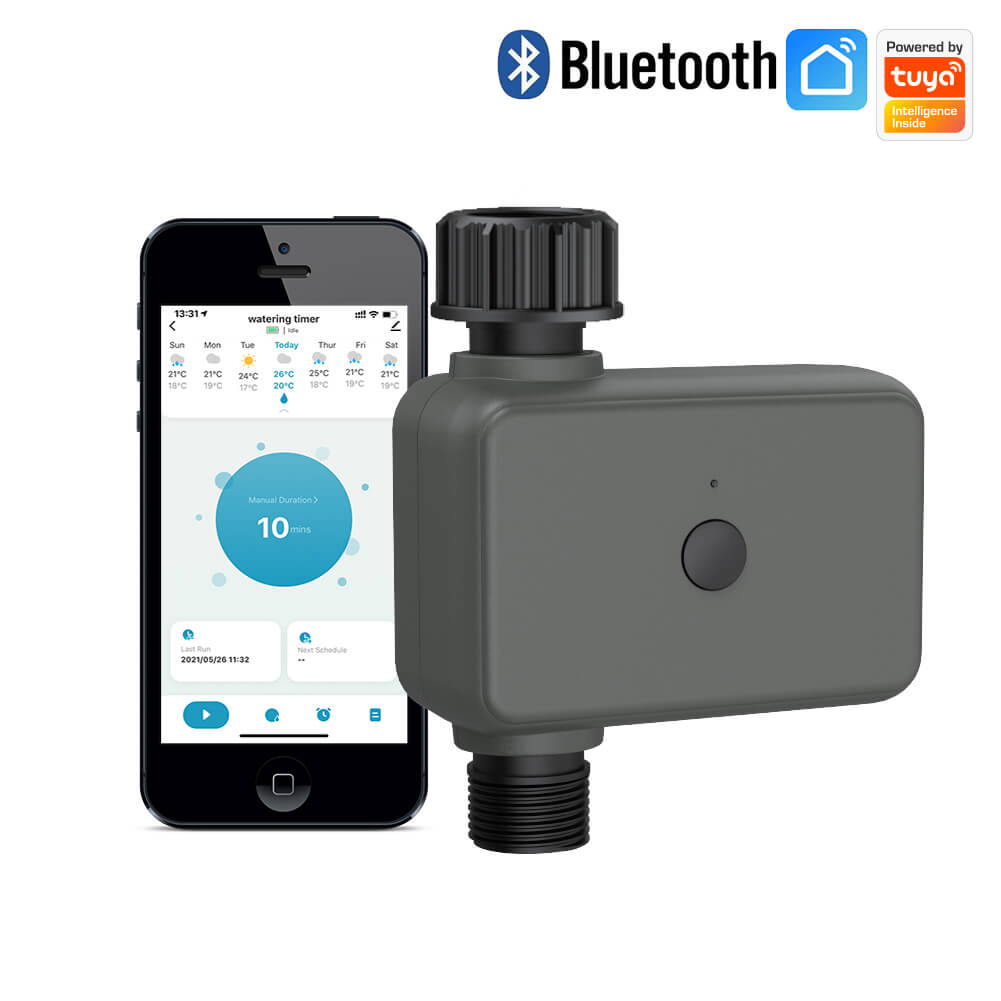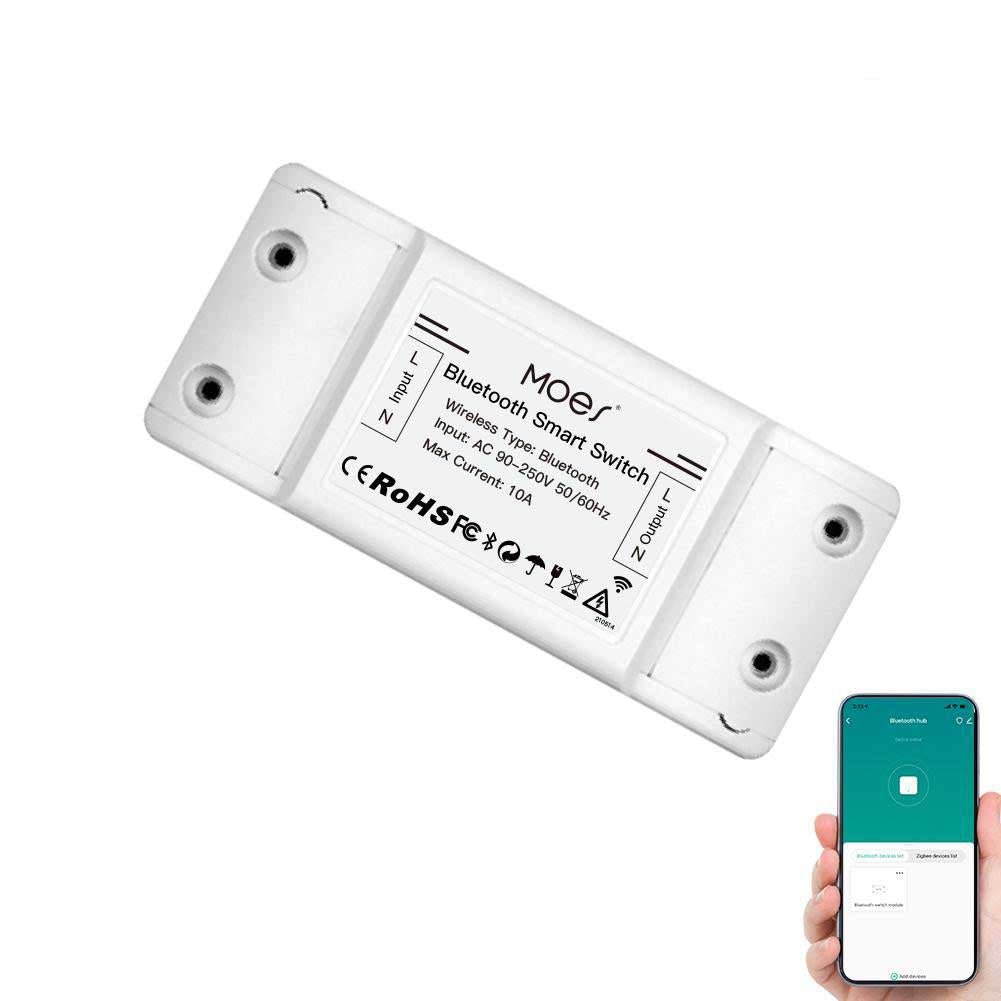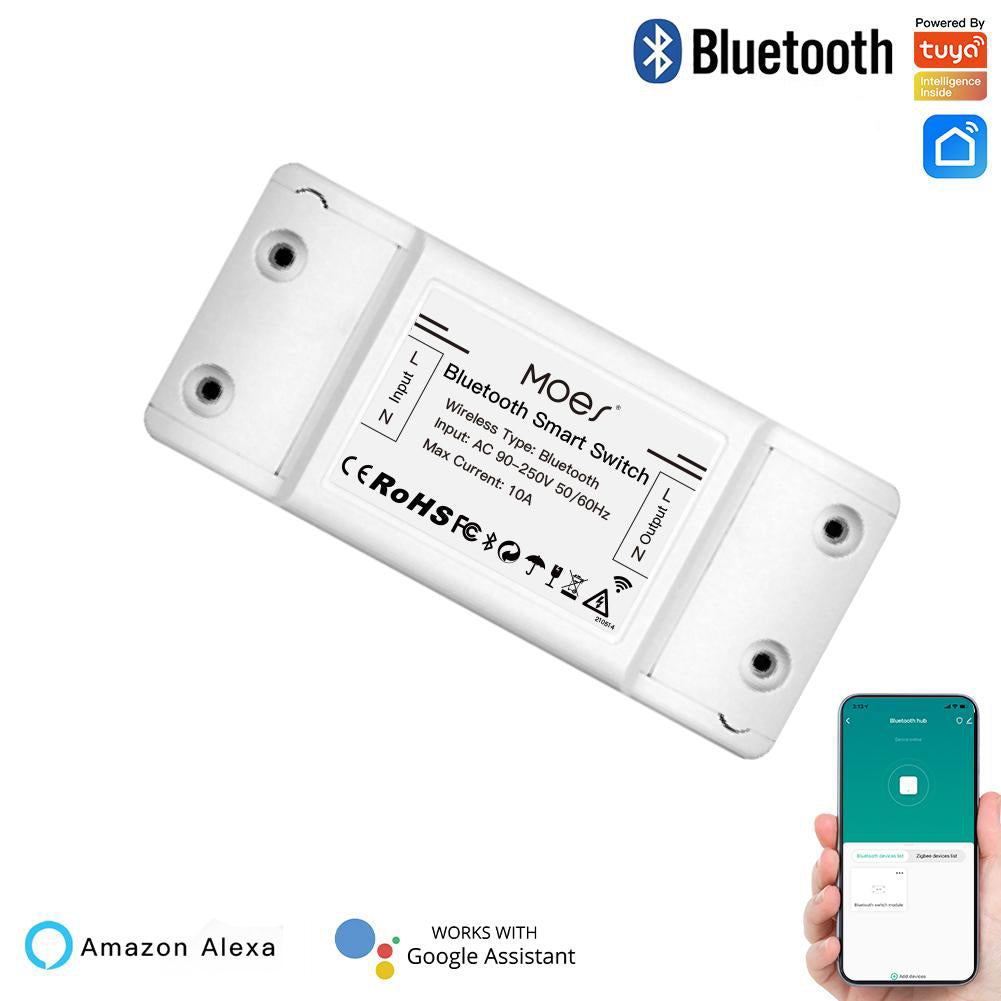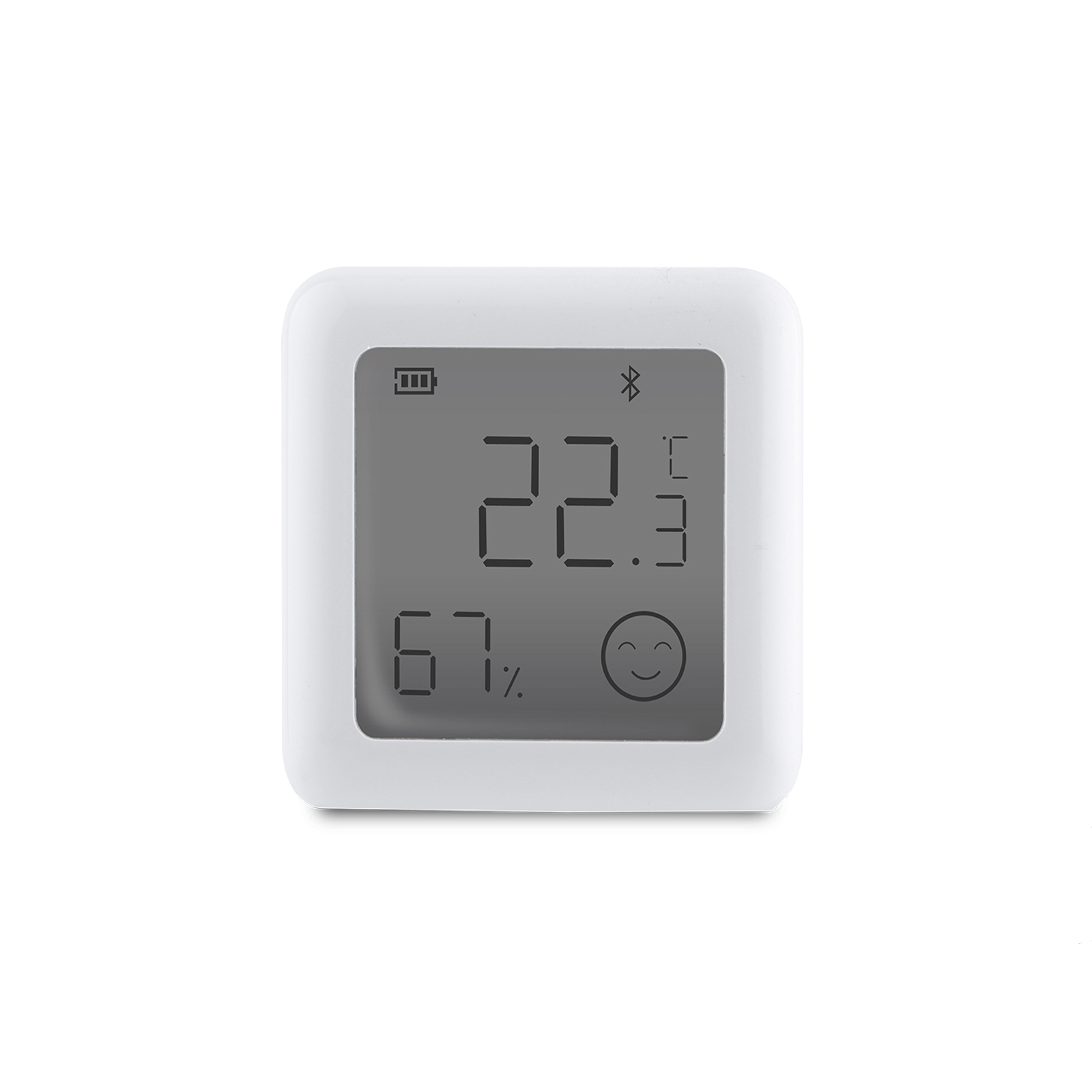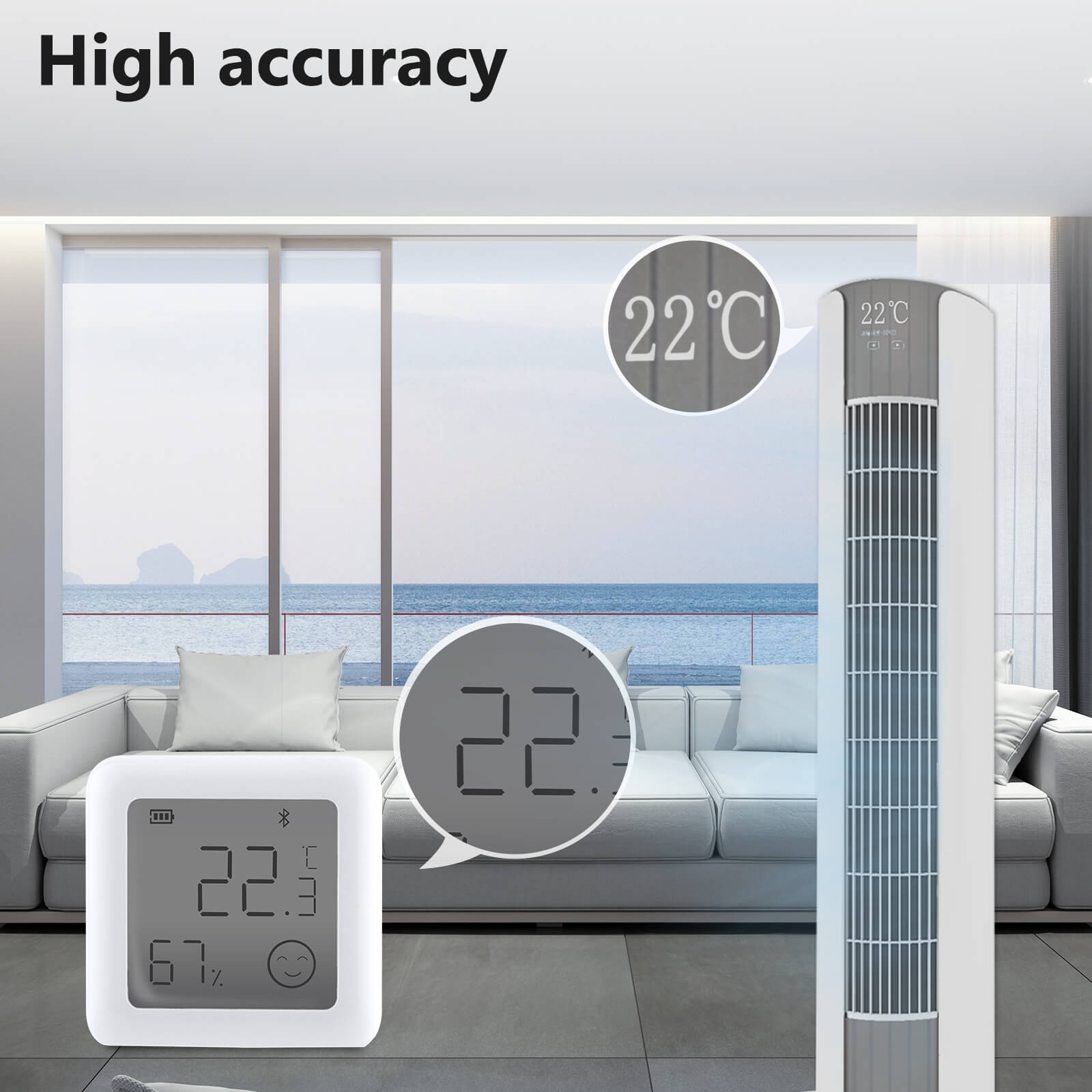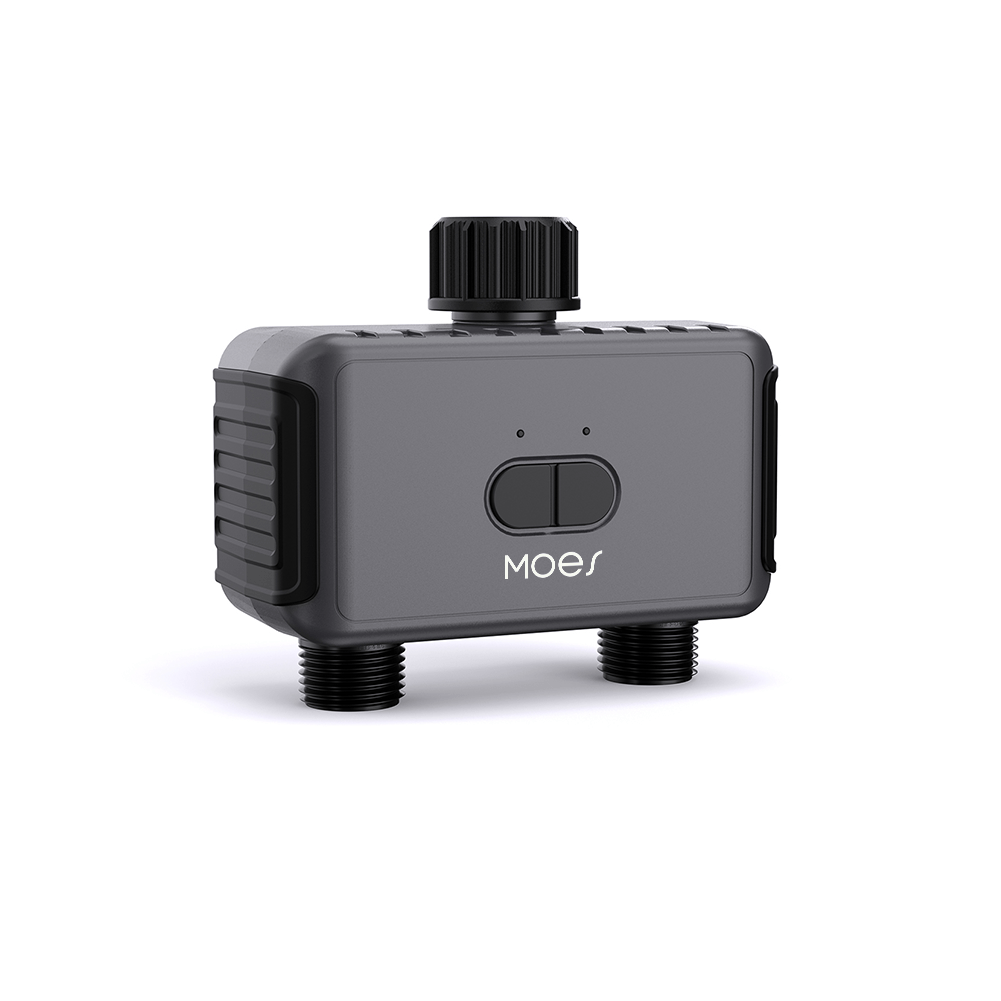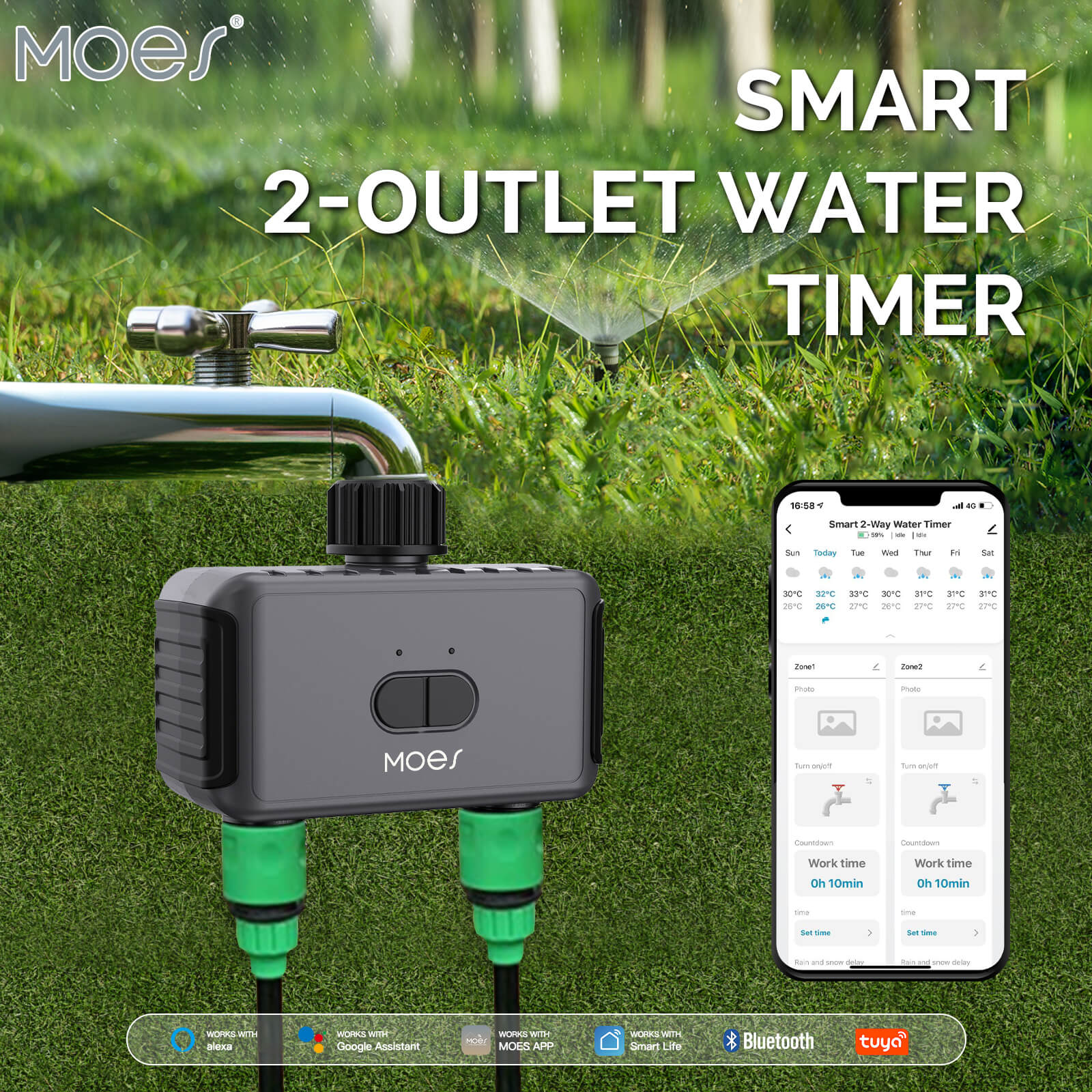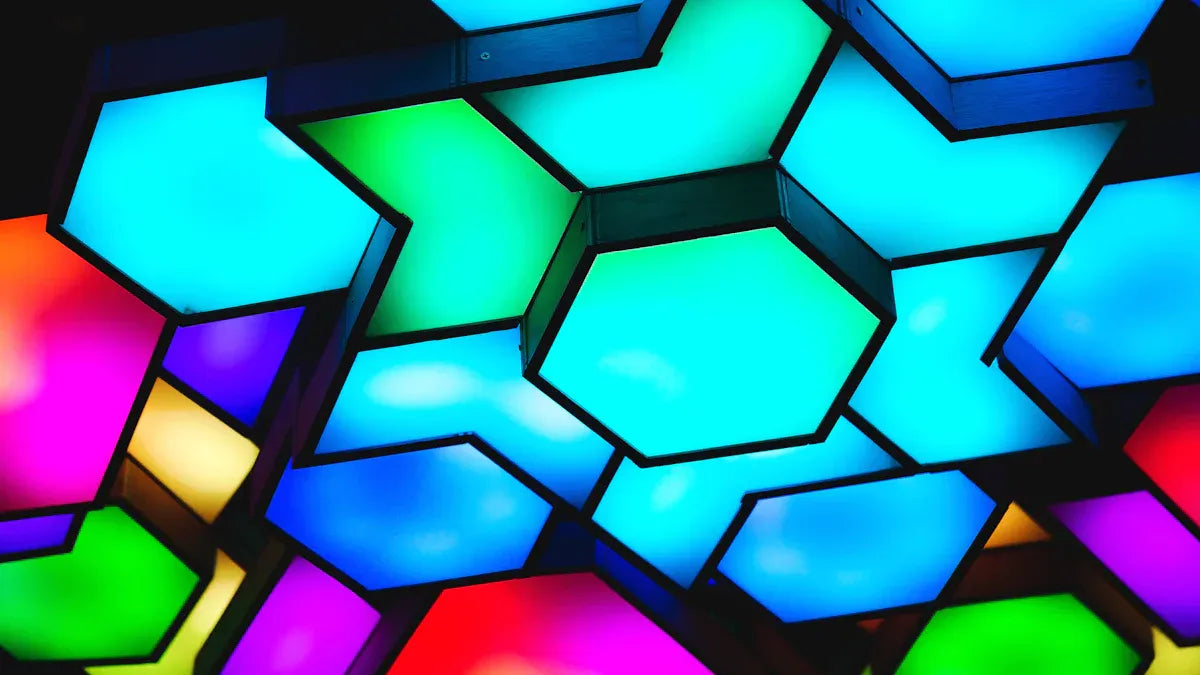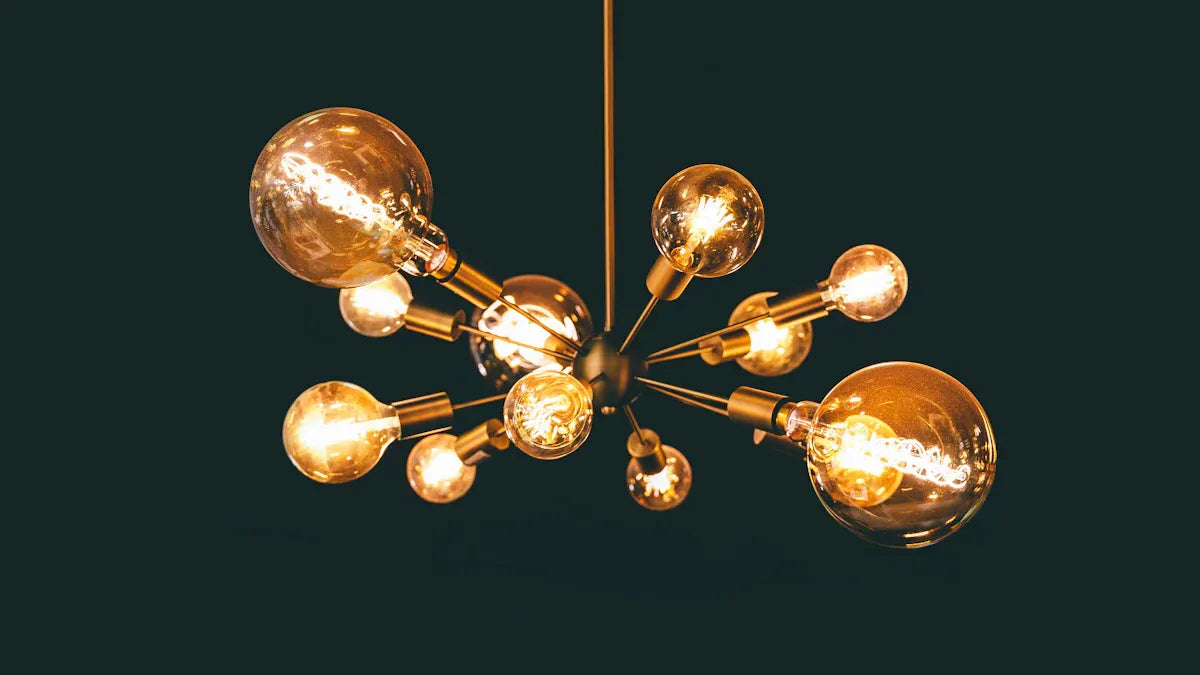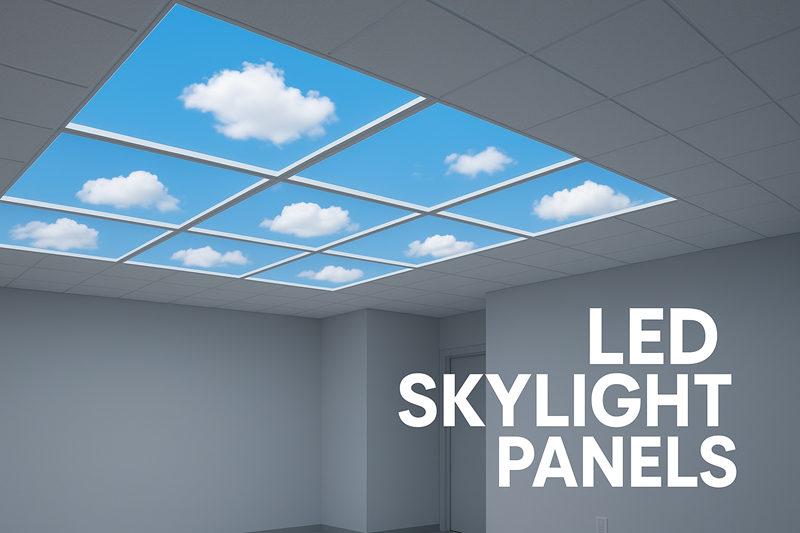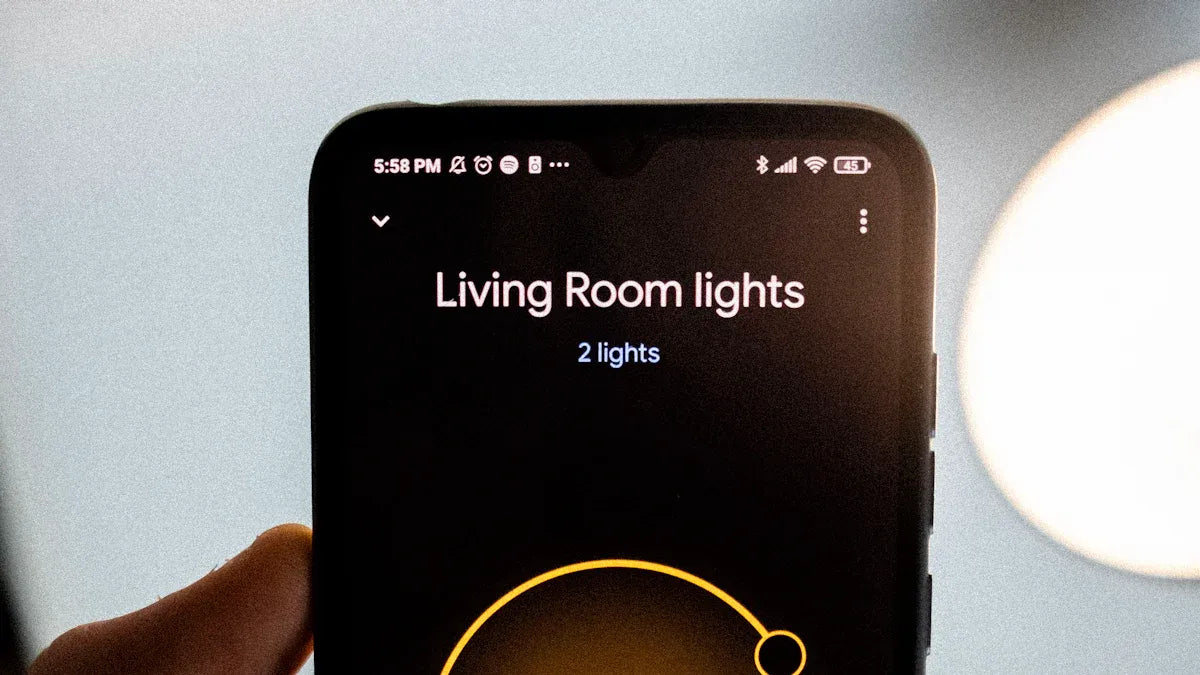When adding light to your space, you have two choices. Traditional skylights use sunlight to light up your room. Artificial skylights copy sunlight using special lighting technology. Both have different benefits based on what you need. If your room doesn’t get sunlight or needs steady light, an artificial skylight is a good choice. Traditional skylights are better for spaces with lots of natural light. Pick based on your space, money, and the light you want.
Key Takeaways
-
Regular skylights let in sunlight and cut energy bills by 80%. They boost mood and fresh air, making rooms brighter and nicer.
-
Fake skylights copy sunlight using LED lights. They work well in windowless rooms, giving flexible light and saving energy.
-
Think about your room and light needs before picking skylights. Regular skylights are great for sunny spots, while fake ones work in rooms without roof openings.
-
Check the costs for setup and care. Regular skylights cost more at first, but fake skylights save money over time with less upkeep.
-
Use tools like SkyVision to plan skylight spots. Experts can help you choose the best fit and get great results.
Understanding Traditional Skylights
What Are Traditional Skylights?
Traditional skylights are roof openings that let sunlight inside. They use clear or semi-clear materials like acrylic or polycarbonate. These materials allow natural light in but keep out rain and wind. Skylights are often added to homes, offices, or old buildings to brighten rooms. They also help connect indoor spaces with the outdoors.
Traditional skylights come in many shapes and sizes. This makes them fit different building styles. Some skylights stay closed, while others can open for fresh air. Their main job is to bring more daylight into darker areas.
Common Types of Traditional Skylights
There are different types of traditional skylights to choose from:
-
Fixed Skylights: These stay closed and give steady light to rooms like living areas or hallways.
-
Ventilated Skylights: These can open to let in fresh air, great for kitchens or bathrooms.
-
Tubular Skylights: These are small and use reflective tubes to bring sunlight into tight spaces.
-
Pyramid or Dome Skylights: These look stylish and spread light evenly in a room.
In older buildings, special systems and glass are used. These improve light without changing the building’s original look.
Benefits of Natural Light Through Traditional Skylights
Traditional skylights bring many benefits by adding natural light to spaces. They can cut energy use for lighting by up to 80%, especially in offices. Skylights also improve air by letting in fresh air, reducing the need for fans or air conditioners. Natural light can make you feel happier, less stressed, and think more clearly.
|
Benefit |
Details |
|---|---|
|
Energy Savings |
Cuts lighting energy use by up to 80%. |
|
Improved Air Quality |
Brings fresh air and lowers HVAC system use. |
|
Health & Well-Being |
Boosts mood, reduces stress, and helps you think better. |
Adding traditional skylights makes spaces brighter and more welcoming while offering these great benefits.
Pros and Cons of Traditional Skylights
Advantages of Traditional Skylights
Traditional skylights have many benefits for your home. They let in natural sunlight, making rooms brighter and more welcoming. This reduces the need for electric lights, saving energy and money. For instance, offices with skylights can save up to 80% on lighting costs.
Skylights also connect indoor spaces to the outdoors. Sunlight makes rooms feel open and closer to nature. This can lift your mood and improve your health. Studies show natural light lowers stress and helps you focus better.
They also add style to your home. Skylights like pyramid or dome shapes can make your space look unique. Whether you want a modern or classic design, skylights can improve your home’s appearance.
Drawbacks of Traditional Skylights
Traditional skylights have some downsides too. One problem is poor insulation. Skylights with metal frames can let heat or cold in, raising energy bills. This might make heating or cooling your home more expensive.
Another issue is moisture buildup. Metal frames can cause water to collect, leading to damage or mold over time.
Design choices can also be limited. Skylights often come in fewer styles and finishes. If you want a specific look, you might not find what you need.
|
Drawback |
Explanation |
|---|---|
|
Poor insulation |
Metal frames let heat and cold in, raising energy costs |
|
Water can collect around frames, causing damage |
|
|
Fewer design options |
Limited styles may not match every home |
Knowing these challenges can help you decide if skylights are right for you. They are beautiful and useful, but consider your needs before choosing them.
Exploring Artificial Skylights
What Are Artificial Skylights?
Artificial skylights are special lights that look like real sunlight. Unlike traditional skylights, they don’t need roof openings or sunlight. They use smart lighting technology to make indoor spaces feel sunny. These are great for basements, rooms without windows, or places with no roof access.
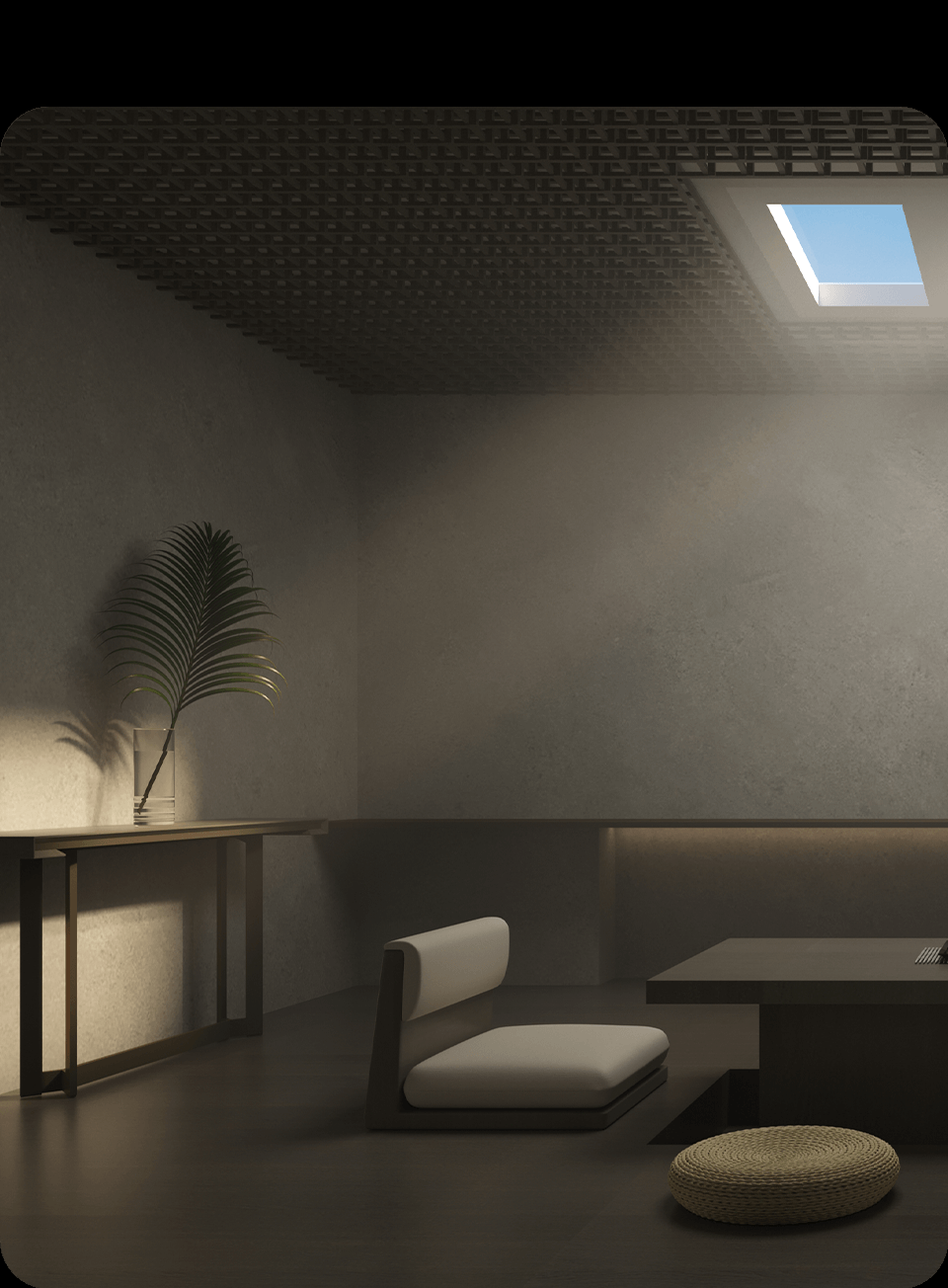
An artificial Skylight in the basement
These lights do more than just brighten a room. They copy the color, brightness, and direction of sunlight. This makes spaces feel lively and welcoming. Whether it’s your home office or a dark hallway, artificial skylights are a flexible way to add light.
Features of Artificial Skylights
Artificial skylights have cool features that make them unique. Many let you change the brightness and color of the light. For example, you can pick a soft glow to relax or bright light to work. Some even mimic the sun’s movement during the day.
Here are some popular features of artificial skylights:
-
Smart Controls: Control them with a remote or phone app for ease.
-
Energy Efficiency: They use LED lights, which save energy and last longer.
-
Realistic Design: High-end models create sunbeam effects for a natural look.
-
Versatile Installation: You can install them in homes or offices easily.
|
Feature |
Description |
|---|---|
|
Adjustable Brightness |
Change how bright the light is for any task. |
|
Color Temperature |
Switch between warm and cool light tones. |
|
Smart Integration |
Use apps or remotes to control the lights. |
|
Energy Efficiency |
Save power with long-lasting LED lights. |
How Artificial Skylights Simulate Natural Light
Artificial skylights use advanced tech to copy natural sunlight. One method is Rayleigh scattering, which makes the light look like a clear blue sky. This spreads light evenly, making rooms brighter and more open.
These lights also change brightness and color during the day. For example, they give a soft glow in the morning and bright light at noon. This helps create a cozy vibe and supports your body’s natural clock, improving health.
Studies show artificial skylights can light up rooms like real windows. They work well even when the weather is bad. This makes them a great choice for spaces with little natural light. With these skylights, you can enjoy sunlight-like lighting without needing a traditional skylight.
Tip: Use artificial skylights to bring natural light to places where regular skylights won’t work.
Pros and Cons of Artificial Skylights
Advantages of Artificial Skylights
Artificial skylights have many benefits for your space. They light up rooms without needing roof openings. This makes them perfect for basements or offices without windows. You can enjoy sunlight-like lighting even in places where regular skylights won’t work.
These lights can also boost productivity and sales. Studies show they can raise sales in stores by 40%. For example, a store earning $2 per square foot could make $2.61 after adding these lights. This happens because daylight-like lighting makes people feel better and shop more.
You can control the brightness and color of artificial skylights. Adjust them for work, relaxation, or any activity. They use LED technology, which saves energy and lasts a long time. This helps lower electricity bills while keeping your space bright.
Artificial skylights are very flexible. You can put them in almost any room, even without roof access. They make spaces feel warm and lively. With these lights, you get natural light benefits without worrying about weather or building limits.
Drawbacks of Artificial Skylights
Artificial skylights have some downsides too. Installing them can be tricky, especially with domed designs. If not installed well, air leaks might happen. This can lower the light quality and system performance.
Heat retention is another issue. In cold places, they need to keep heat inside. If the materials aren’t good at holding heat, winter heating costs may rise. Also, soundproofing and durability depend on the product, so pick a high-quality one.
Cost is something to think about. These skylights save energy over time but cost more upfront. Compare the initial price with the long-term savings to see if they fit your budget.
Even with these challenges, artificial skylights are useful for spaces where regular skylights don’t work. By installing them properly and choosing the right type, you can enjoy a brighter and cozier space.
Comparing Artificial Skylights and Traditional Skylights
Energy Efficiency and Sustainability
Traditional skylights and artificial skylights save energy in different ways. Traditional skylights use sunlight, cutting down on electric lighting. This lowers electricity use and helps the environment. They don’t need power, making them a cheap and eco-friendly choice.
Artificial skylights use LED lights to copy sunlight. LEDs save energy but still need electricity to work. This means they use more power than traditional skylights. However, they give steady light even on cloudy days. This makes them great for rooms with little natural light. If saving energy is your goal, traditional skylights might be better.
Aesthetic Appeal and Design Flexibility
Both skylight types make spaces look better, but differently. Traditional skylights bring sunlight inside, creating a cozy and bright feel. They also connect indoor areas to nature, making rooms feel open. But their designs depend on roof shape and placement.
Artificial skylights are more flexible in design. You can put them in any room, even without roof access. They come in many styles and sizes to match your decor. Some even mimic sunlight movement for a natural effect. If you want more control over lighting style, artificial skylights are a great choice.
Installation and Maintenance
Installing traditional skylights can be hard. You need to cut the roof, often needing expert help. Bad installation can cause leaks or poor insulation. Cleaning or fixing them can also be tough since they’re on the roof.
Artificial skylights are simpler to install. You can place them in ceilings without changing the roof. They need little upkeep because of their long-lasting LED lights. This makes them a good choice for places where traditional skylights don’t work. If you want an easy option, artificial skylights are worth it.
Cost Considerations
When picking between traditional and artificial skylights, cost is important. Each has different expenses to think about.
1. Initial Costs
Traditional skylights usually cost more at first. This is because they need special materials and roof changes. The price depends on the type you pick. Fixed skylights are cheaper, but ventilated or custom ones cost more. You also need experts to install them, which adds to the cost.
Artificial skylights come in many price ranges. Basic ones are cheaper, while advanced models with smart features cost more. But they don’t need roof changes, so installation is less expensive.
2. Long-Term Costs
Traditional skylights might raise energy bills if they aren’t insulated well. Heat can escape in winter or enter in summer, making heating or cooling more expensive. You’ll also need to pay for cleaning or fixing leaks over time.
Artificial skylights use LED lights, which save energy and last longer. They need little maintenance, so they’re cheaper in the long run. Even though they cost more upfront, you save money on energy and repairs later.
3. Value for Money
Traditional skylights add beauty and increase home value by bringing in sunlight. Artificial skylights give steady light and work in places where traditional ones can’t. Your choice depends on your budget and whether you want quick results or long-term savings.
Tip: Look at all costs, like installation, energy use, and upkeep, to choose the best option for you.
Choosing the Right Skylight for Your Space
Understanding Your Space and Light Needs
Picking the right skylight starts with knowing your space. Look at the room's size and shape. Big rooms might need more or larger skylights for even lighting. Small rooms can use smaller options like tubular skylights.
To figure out lighting needs, tools like SkyVision are helpful. They check skylight placement, spacing, and energy savings. These tools also design skylights for specific buildings. Simulations can improve daylight by adjusting shading or light levels.
Check your roof structure too. Make sure it can hold the skylight safely. Measure the room and roofline to pick the right size and spot. This avoids problems like uneven lighting or roof damage.
Tip: Hire a professional to check your space. This ensures the skylight fits perfectly.
Budget and Future Costs
Your budget is important when choosing a skylight. Traditional skylights cost more upfront because of roof changes and installation. Artificial skylights are easier to install but advanced models can be pricey.
Think about long-term costs too. Poorly insulated traditional skylights can raise heating or cooling bills. Artificial skylights use energy-saving LEDs, cutting electricity costs over time. They also need little upkeep, making them a good investment.
Compare the value each skylight adds to your home. Traditional skylights bring natural light and boost home appeal. Artificial skylights give steady light where sunlight is limited.
Weather and Environmental Impact
Your local weather affects skylight performance. In cold places, traditional skylights may let heat out, raising heating bills. In hot areas, they might let in too much heat, increasing cooling costs. Insulation and shading can help fix these problems.
Artificial skylights aren’t affected by weather. They give steady light even on cloudy days. This makes them great for areas with little sunlight or bad weather.
Environmental factors like roof direction also matter. A south-facing roof gets more sunlight, perfect for traditional skylights. Artificial skylights work anywhere, offering more flexibility.
Note: Think about your climate and surroundings before picking a skylight. This helps you get the best performance and energy savings.
Why Lumimuse’s Sky View LED Ceiling Light Is a Game-Changer
Lumimuse’s Sky View LED Ceiling Light changes how we use artificial skylights. It brings sunlight-like lighting indoors, perfect for rooms without windows. If you want better light in a dark space or to improve your home office, this light is a great choice.
It uses advanced Rayleigh scattering technology to copy real sunlight. This makes your room look brighter and more open. The light improves how you see colors and space, helping you feel happier and work better. Its ability to mimic the sky makes it unique compared to other LED lights.
You can control the brightness and color easily with smart features. Use a remote or the Tuya Smart App to set the mood. Whether you need bright light for work or soft light to relax, this light adjusts to your needs.
The Sky View LED Ceiling Light fits into plasterboard or modular ceilings. Its design lets you place it wherever you want. This makes it great for living rooms, bedrooms, or basements. Unlike traditional skylights, it doesn’t need a roof opening, giving you more options.
It’s also energy-efficient, using long-lasting LED bulbs that save power. This lowers your electricity bills while keeping your room well-lit. Its shiny chrome finish adds style, making it a beautiful addition to any space.
Tip: Choose the Sky View LED Ceiling Light for stylish, energy-saving, and flexible lighting.
This light redefines artificial skylights with its realistic sunlight effects, smart controls, and easy setup. It’s a must-have for anyone wanting modern and efficient lighting.
Deciding between artificial and traditional skylights depends on your needs. Traditional skylights let in real sunlight, boosting mood and health. They also make your home more attractive and increase its value. Artificial skylights, like Lumimuse’s Sky View LED Ceiling Light, give steady, sunlight-like light without needing a roof opening. This makes them perfect for rooms with little natural light. With smart features, energy savings, and flexible design, the Sky View LED Ceiling Light is a great way to brighten your space.
Tip: Think about your room, budget, and light needs to choose wisely.
FAQ
What’s the key difference between artificial and traditional skylights?
Artificial skylights use LED lights to copy sunlight. Traditional skylights bring in real sunlight through roof openings. Artificial ones work anywhere, even without a roof. Traditional skylights need good weather and a proper roof structure.
Are artificial skylights healthy?
Yes, they are! Artificial skylights copy natural light, helping your body’s clock. They can boost your mood and help you focus. This makes them great for dark rooms or basements.
Do artificial skylights save energy?
Yes, they do! Artificial skylights use LED bulbs that save power. These bulbs last longer and use less electricity than regular lights. While they need power, they lower energy bills over time.
Can traditional skylights improve air quality?
Yes, they can! Ventilated skylights let fresh air into your home. This reduces the need for air conditioning and keeps the air cleaner. It’s a healthy way to improve your space.
How do I pick the best skylight for my home?
Think about your room, budget, and light needs. Traditional skylights are great for spaces with roof access and sunlight. Artificial skylights are better for rooms without natural light. Compare costs and health benefits before deciding.
